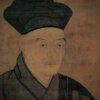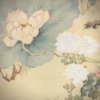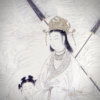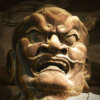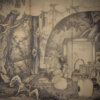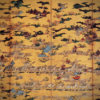Hōin, Hōgen, Hokkyō
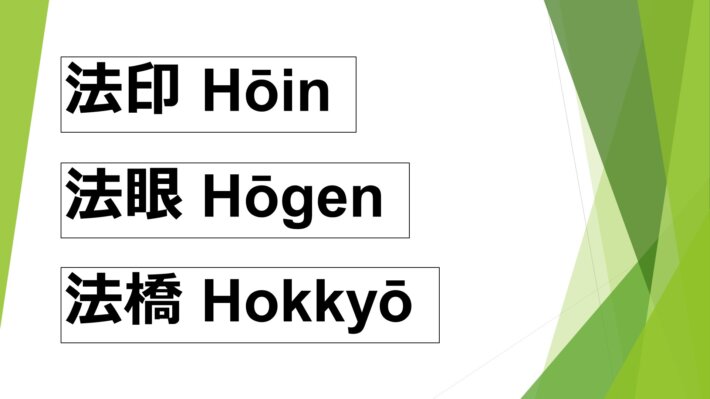
“Hokkyō” is not a specific surname but a rank bestowed upon painters. Originally, it was a rank for monks, and there were three main ranks for monks that were also given to painters. The highest rank was “Hōin,” which was equivalent to a gold medal. Next was “Hōgen,” equivalent to a silver medal, and finally, “Hokkyō,” equivalent to a bronze medal.
However, those who advanced to Hōin were very few, roughly one person every 100 to 200 years. Becoming Hōgen was also an exceptional achievement, and even reaching the rank of Hokkyō was difficult, even for painters of the Kanō school.
The reason why the monk ranks were given to painters was that, in the medieval period, painters sometimes had to paint in the imperial court. Such high-status places were not open to just anyone; only those of high status were permitted.
Therefore, it was decided that painters needed to be given high ranks. By bestowing monk ranks upon them, painters were able to enter these noble places. Monks were allowed to enter the imperial court, so painters were made to symbolically take monastic vows and were given ranks like Hōgen and Hokkyō, allowing them to paint there.
In this way, the ranks given to painters became prestigious, and later on, receiving the rank of “Hokkyō” came to be regarded as a great honor.

